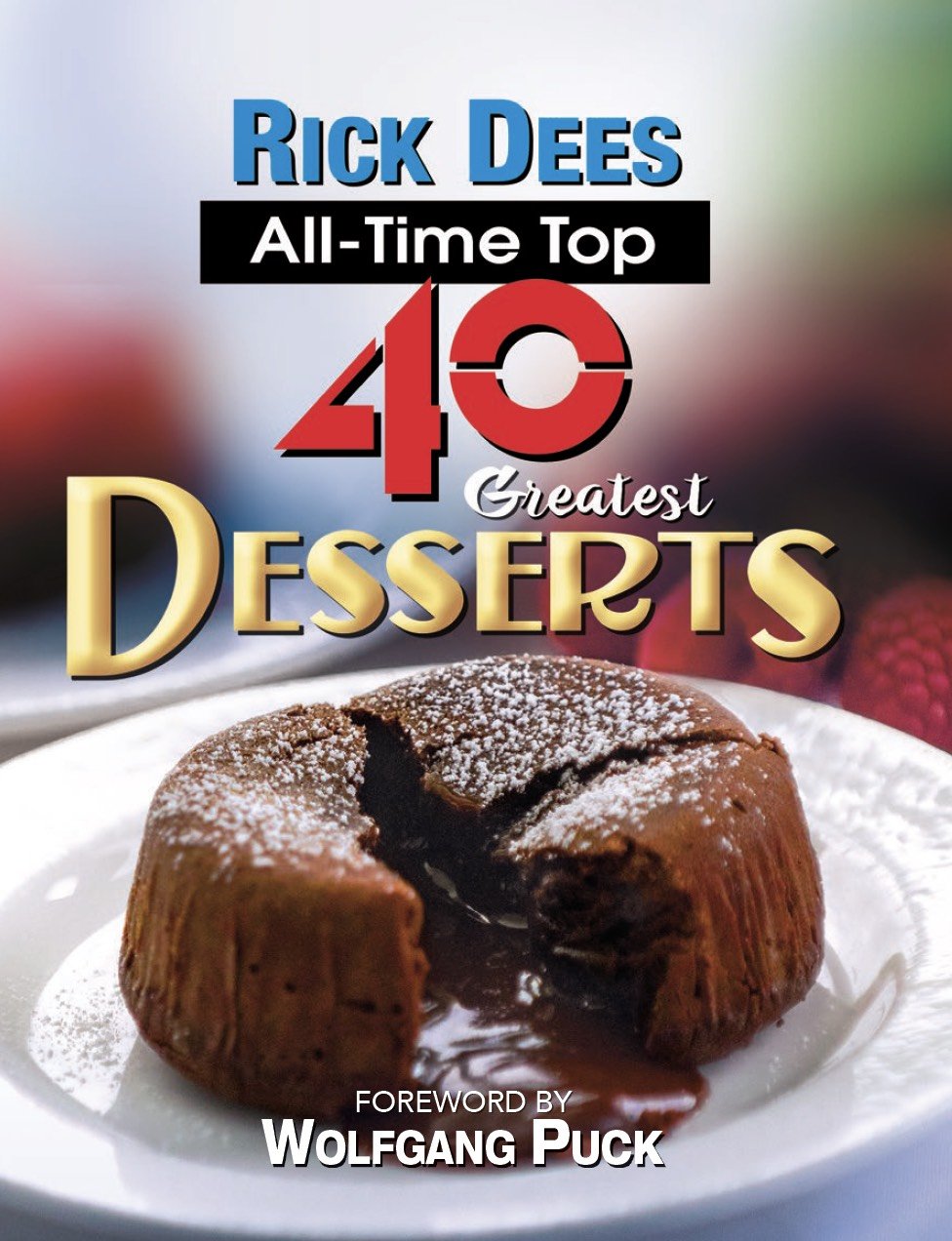Rick Dees All-Time Top 40 Greatest Desserts
The sweet story (and more) behind the Top 40 Greatest Desserts of all time.
A love affair with desserts that began at age 10 finds a sweet path to the pages of Rick Dees All-Time Top 40 Greatest Desserts. Building on the theme of his enormously successful music show, the Rick Dees Weekly Top 40 Countdown, Rick Dees transitions flawlessly from his passion for music to his passion for desserts.
Each dessert is easy and fun to bake and you’re sure to find yourself saying, “This is Number 1!”
Give the perfect gift for chefs of all ages: Rick Dees All-Time Top 40 Greatest Desserts - available now on Amazon!
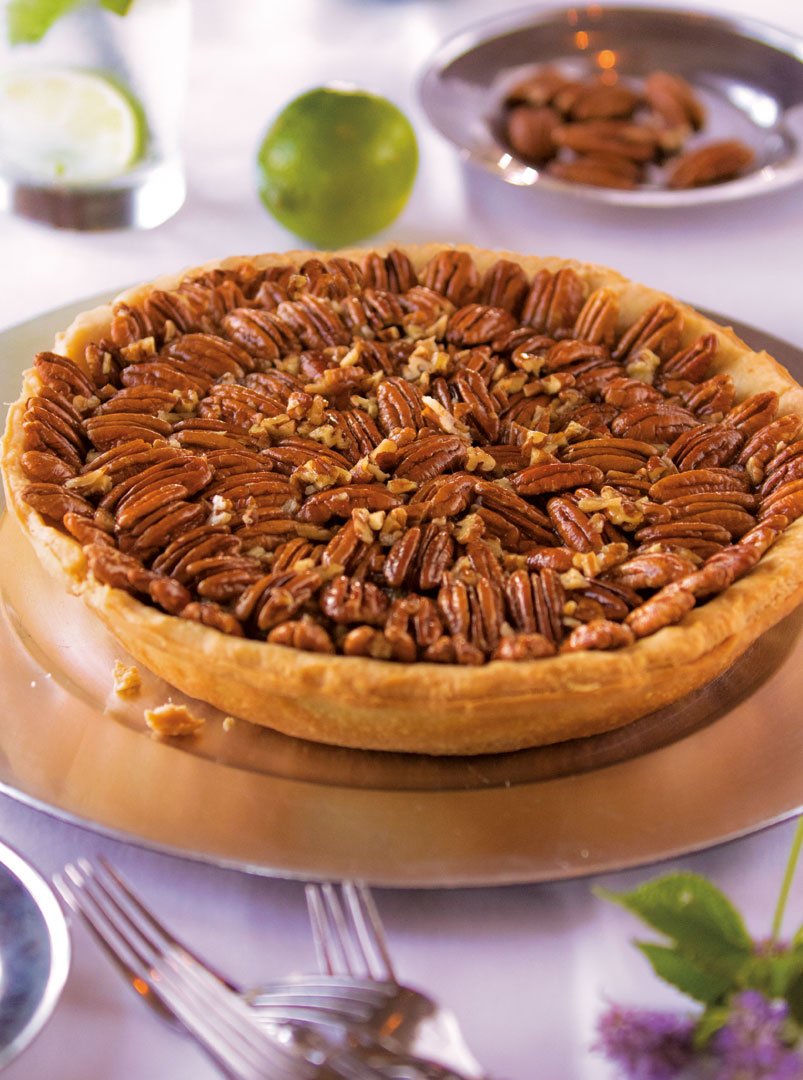

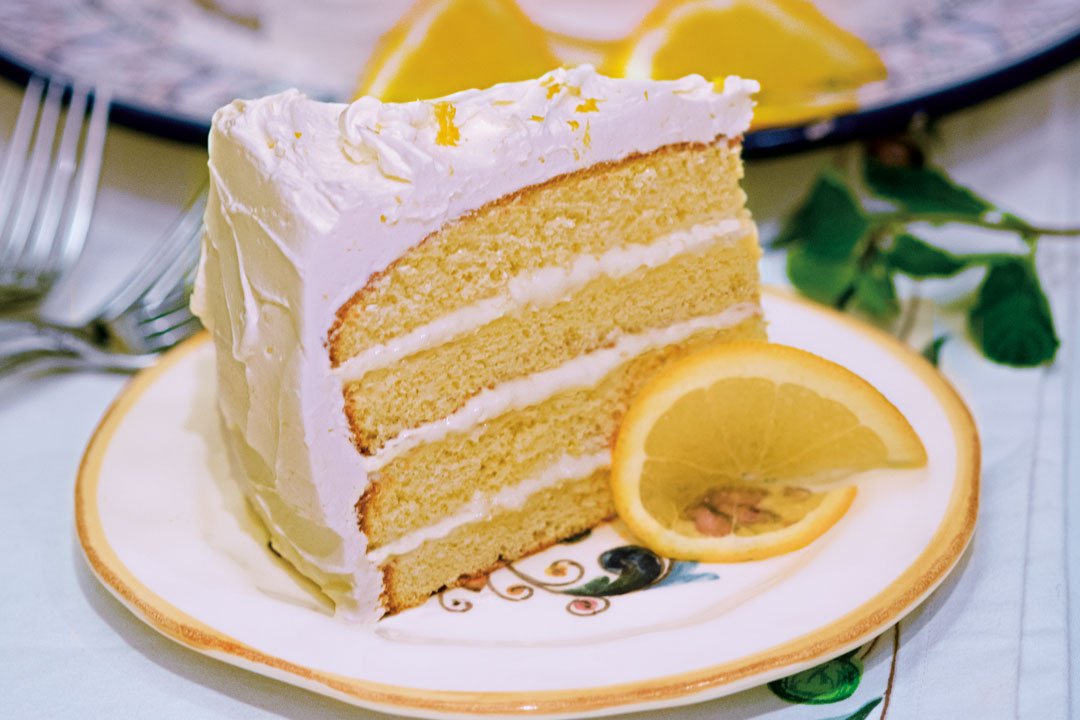
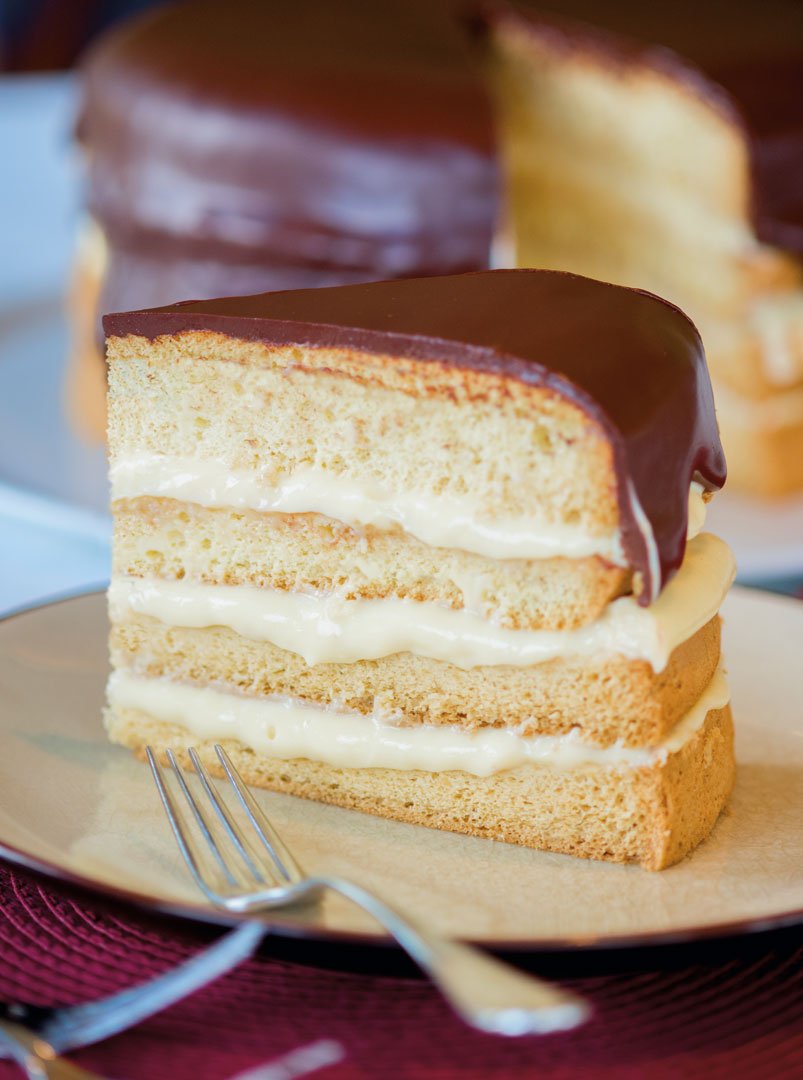

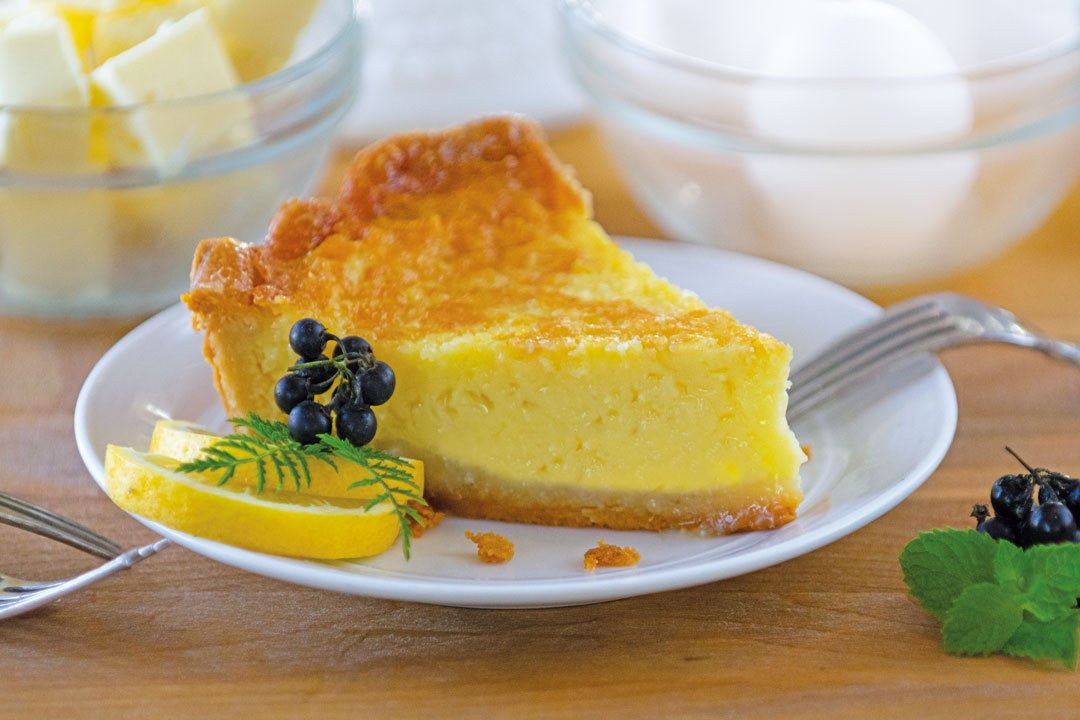
More than a cookbook, this masterful collection of dessert recipes is loaded with beautiful imagery and weaves stories with each recipe, giving readers a peek behind the velvet curtain at events that helped make Rick not only the voice known around the world but also a master dessert chef.
Be SURE to try the Ultimate Pie Crust Recipe - it melts in your mouth!





